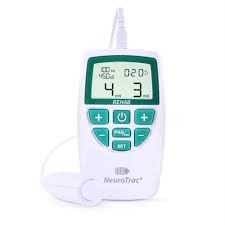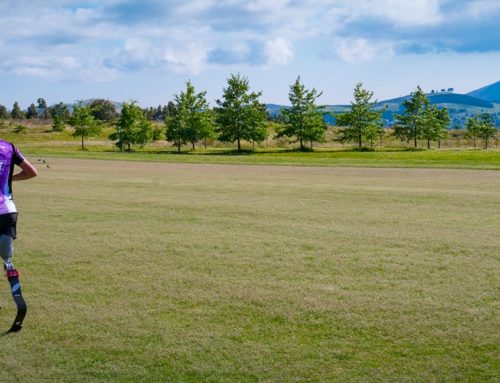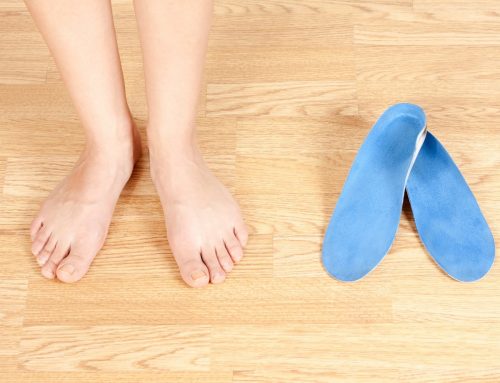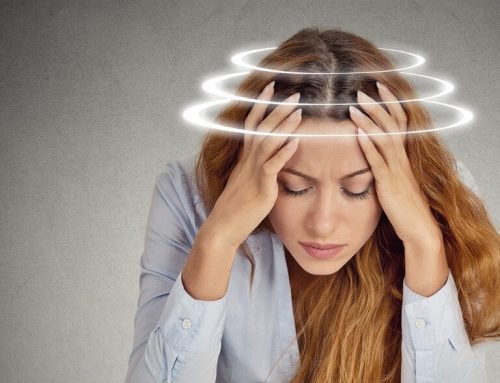Hand recovery after a stroke: The hand can be a tricky guy to help recover
Hand recovery after a stroke. Why won’t my hand move? It is a heartbreaking time for the stroke survivor and frustrating for your therapist as you are both working hard but the hand doesn’t change. What I then hear happen time after time is that ‘there is nothing I can do for my hand’, ‘it won’t get better’. And this is what breaks MY heart! The hand is often misunderstood, and the dedication given to the wrong exercises leads to despair. What I want to share with you is that there is HOPE for your hand after your stroke. I want to share some immediate strategies to help your hand, a common pitfall to avoid, but most of all, I want to give you some hope.
- Firstly I want you to understand what your hand needs to recover. After a stroke, the part of your brain which controls your hand has been damaged. For your brain to make new connections to your hand we need to help facilitate neuroplasticity. Neuroplasticity is fancy terminology that refers to your brain making new connections and pathways in your brain to do the work which the damaged part of the brain was responsible for. Which then leads to the next question… how do I help neuroplasticity? This answer is relativity simple. You need mass repetitions to help the brain make these new connections with your hand. When I say ‘mass’ I am referring to 1000s of repetitions a day. So your exercise program of 10 repetitions and 3 sets doesn’t even scratch the surface of what you need to recover.
- This might sound unachievable, but for a lot of stroke survivors, it is attainable. Let me discuss this further with you. A good guide to aim for is in your daily home exercise program to achieve 300 repetitions in one hour. Your therapist should be able to prescribe a home exercise program that targets the weak muscles of your hand to work on these missing components which you require for movement. Another aspect of therapy is what I call ‘incidental exercise’ where you have specific therapy items around your house to use. So, while you are waiting for the kettle to boil (if you are anything like me this is multiple times a day!) have a peg next to the kettle so you can do 20 peg squeezes for pincer strength while you wait for the water to boil. Have a stress ball on the coffee table so you can do ball rotations and stress ball squeezes during the ad breaks (or in between each episode if you are bingeing a season on Netflix!). Keep a coin in your pocket to flip or slide between your fingers while you are waiting for your coffee order. All of sudden, those 1000 repetitions a day we need seem a little more achievable. Once you can hit this number of repetitions, trust me, you will start to see some changes. There is hope.
- Now, I know there is a whole group of you screaming, ‘but I can’t do one repetition, how am I meant to do a 1000’.
I hear you. I see you. There is still hope.
Let’s look at your options further
For hand recovery after a stroke and seeing a change we still need neuroplasticity. So, what we need to do now is look at what technologies we at Momentum can use to help you achieve mass repetitions. The most common tool used is the electrical stimulator. The electrode pads stick to your muscles and the machine helps the muscles to contract to achieve movement. This seems well and good. But this is the biggest pitfall I see therapists and clients make. The electrical stimulator can be fantastic at achieving repetitions and helping neuroplasticity, but ONLY if you are cognitively engaged in the exercise. Let me repeat this. It is ONLY effective if you are cognitively engaged. If you are watching TV while using the electrical stimulator for your exercises or chatting to your spouse, guess what? None of those repetitions count. There are no messages or signals being made in your brain, all that is happening is your hand muscle is moving. At the very best it might help your muscles to feel relaxed, but it will not help you in being able to move your hand on your own.
Remember though, there is hope.
All that needs to happen is a little tinkering to your style of home exercise program. Turn your TV off. Find a nice quiet relaxing room in your house and concentrate. Your therapist needs to set targets for you to achieve with your electrical stimulator on to help your brain be involved in the movement (and to make those new connections). An exercise can look like this. To help your wrist to extend, rest your hand sideways on the table with a water bottle just behind it. Count yourself in ‘on three I’m going to bend my wrist and touch the water bottle… 1,2,3 go bend, bend, bend!’ While you are giving yourself these messages the electrical stimulator has kicked in and helped contract your muscle. All of a sudden you have the movement and the brain connectivity to give you the best chance of neuroplasticity.
You have given yourself hope.

For these stroke survivors, there is another device that I have found useful in mixing up your exercise program and achieving mass repetitions when it is difficult to achieve even 1 on your own. It is a product called the SaeboFlex. It is a spring-loaded device that helps to open your hand so you can do mass grasp and release of a large ball to help your hand get stronger at opening (and as you would know, this is a very hard movement after your stroke). As the SaeboFlex opens your hand, you position your hand to reach and grasp the ball, and then move and release it into a container. The benefit of this exercise as not only is your hand getting mass repetitions at grasping and releasing but your shoulder and arm are getting huge amounts of repetitions as they are needed for each time you grasp and release the ball. My clients have found it an easier exercise to stay engaged with and a good starting block to controlling the muscles in their hands again.

So in conclusion, I want to encourage you that it is never too late to start your rehabilitation after your stroke. Do not give up hope. Speak to our team at Momentum and set yourself the challenge of trying to achieve one more repetition each day!
I believe in you.
Have hope. If you have any questions, please contact me: lrutzou@momentumsr.com.au.
Meanwhile, anyone can reach out to staff members at (02) 6210 0060 to ask questions or schedule an in-person appointment.




